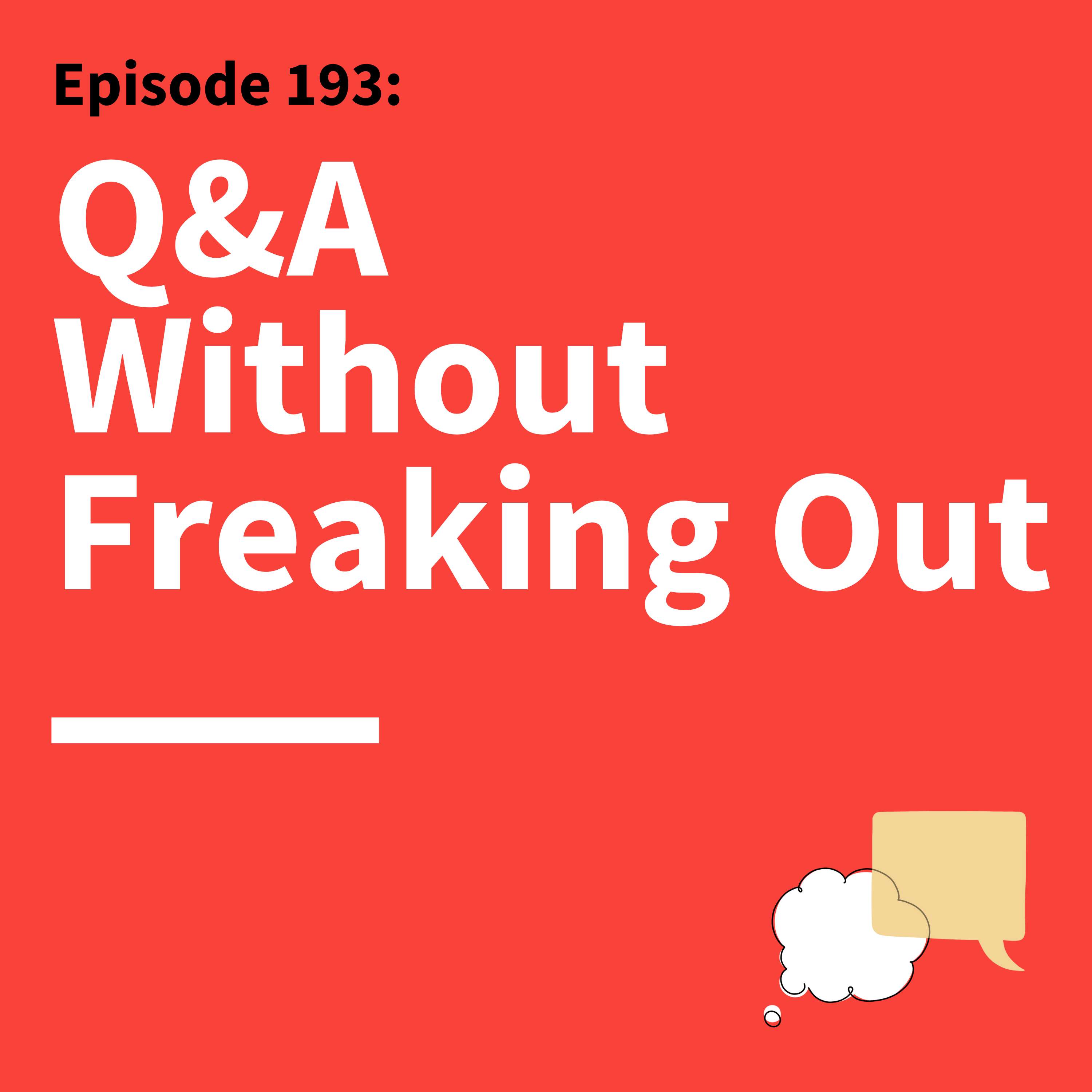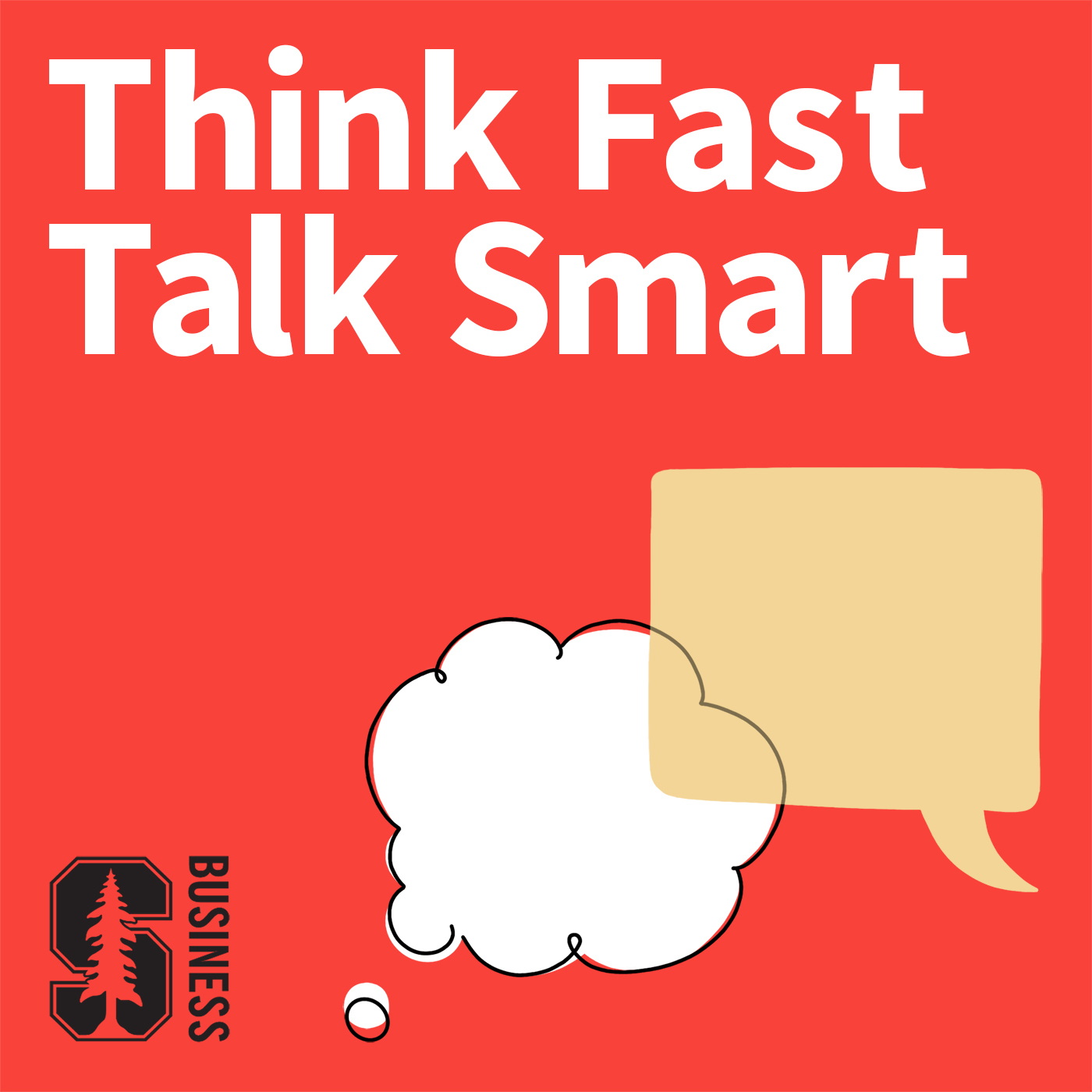
193. Conquer Questions: ADDing Value To Your Answers

Think Fast, Talk Smart: Communication Techniques
Deep Dive
- Many speakers find the Q&A portion of presentations nerve-wracking.
- Taking questions at the end of the presentation is recommended for beginners.
- Seasoned speakers can take questions at designated times during the presentation.
Shownotes Transcript
Turn Q&A from nerve-wracking to confidence-boosting with strategies for clear, controlled answers.
A great presentation doesn’t end with the final slide—it continues through the Q&A, where real engagement happens. Yet, for many speakers, this is the most nerve-wracking part. In this episode, Matt Abrahams explores why Q&A can feel intimidating and how shifting your mindset can turn it into an opportunity rather than a challenge. Drawing from his book, Speaking Up Without Freaking Out), he shares expert-backed techniques for structuring responses, managing audience expectations, and maintaining composure under pressure. Whether you're facing a tough crowd or just want to refine your speaking skills, you’ll walk away with the confidence to command the room—no matter the question.
Audio excerpt based on Speaking Up without Freaking Out by Matt Abrahams (printed book by Kendall Hunt Publishing 2016), read by the author. Copyright 2024 by Matthew Abrahams LLC.
Episode Reference Links:
Connect:
- Premium Signup >>>> Think Fast Talk Smart Premium)
- **Email Questions & Feedback **>>> [email protected]
- Episode Transcripts >>> Think Fast Talk Smart Website)
- Newsletter Signup + English Language Learning >>> FasterSmarter.io)
- Think Fast Talk Smart >>> LinkedIn), Instagram), YouTube)
- Matt Abrahams >>> LinkedIn)
Chapters:
(00:00) - Introduction
(02:02) - The Challenge of Q&A
(03:00) - Preparing for Q&A in Advance
(03:40) - When to Take Questions
(04:29) - How to Ask for Questions Effectively
(05:32) - Audience Anxiety in Q&A
(06:47) - Managing Questions Efficiently
(07:48) - Answering Questions with Confidence
(09:01) - The ADD Method for Answering Questions
(10:14) - Closing Your Q&A with Impact
(11:08) - Conclusion
********Get $50 off coaching today at Strawberry.me/smart)Become a Faster Smarter Supporter by joining TFTS Premium).